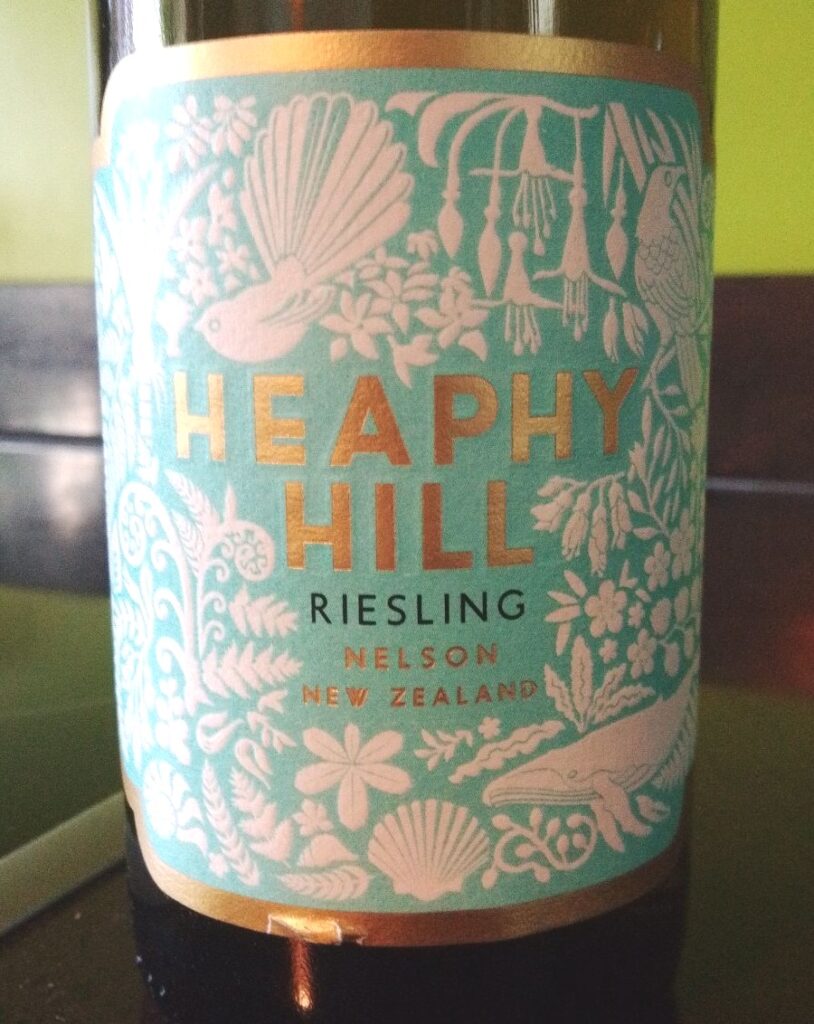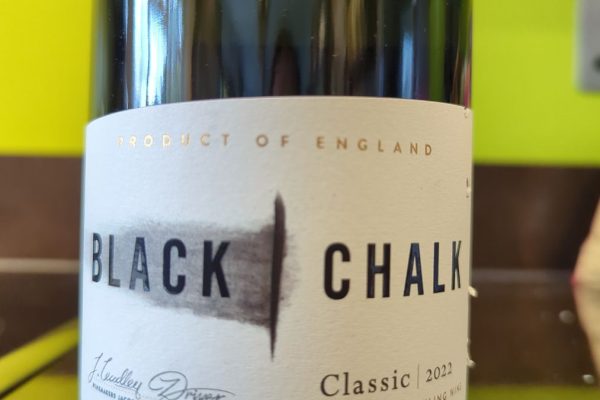
This is a distinctive white from Nelson, in the north-west of New Zealand’s South Island, a region known as Nelson Tasman. Made from 100% Riesling, this wine comes from one of New Zealand’s oldest vineyards, which is unirrigated and small in scale. The wine spent eight months resting on fine lees before bottling, adding depth and character.
The 2023 vintage sits at 12.5% ABV. It has already drawn significant attention, earning a Gold Medal and 95 points at the 2024 International Wine Challenge. It was also a finalist in the People’s Choice 2025 Climate Friendly White category and scooped three accolades at the 2025 Sommelier Wine Awards, including a gold, Critics Choice and By the Glass awards.
On first pour from cold, it has a piercing lime edge, almost like diluted lime juice. As it gently warms over time, it builds in intensity and shifts into more aromatic notes, including honeysuckle. The taste remains dry but develops a gingery warmth alongside a punch of zingy lime. After about 40 minutes, the flavour becomes full-on, honeyed and deep. This is likely the temperature at which it was judged for the above-mentioned awards, as the wine reaches a special, musky, almost oak-like note despite being unoaked. The finish is mineral and lemony, with a sense of roundness balanced by its strong, dry backbone. However, if it gets too warm, the intensity can tip into something a bit too much.
This is one of those wines that offers a great sensory journey as it evolves in the glass. It’s available from Waitrose at £14.













